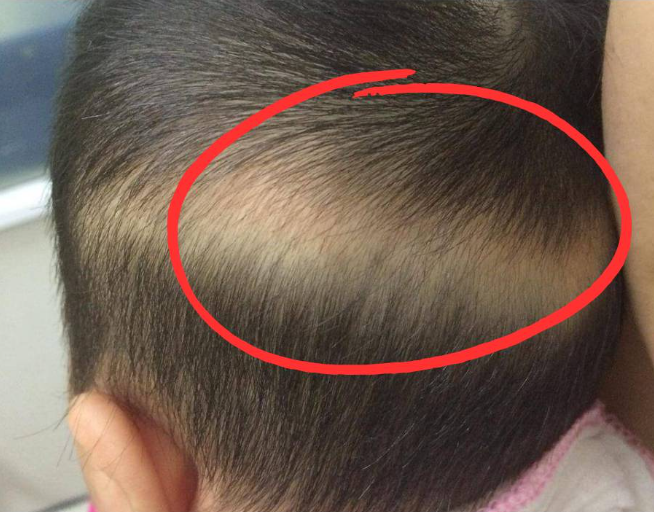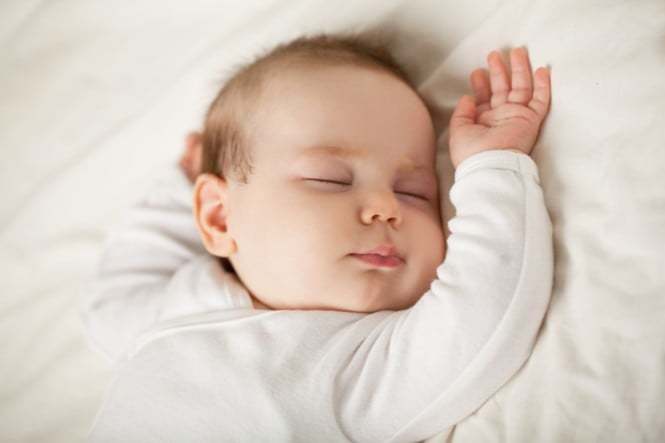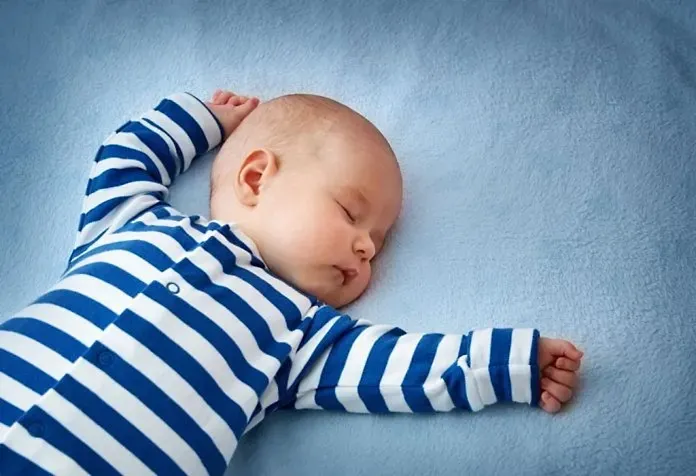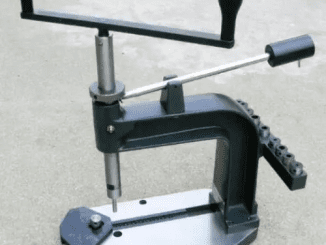Hair loss in infants can be alarming, especially when it forms a distinct pattern like an arc around the back of the head. This pattern of hair thinning, often referred to as “ringworm hair loss,” is quite common among children aged 3 to 6 months. While it might seem like a minor cosmetic issue, this condition can be indicative of underlying health concerns. If your child’s hair starts to fall out in this pattern, pay attention. In this article, we’ll explore potential causes and how you can address this unusual hair loss in infants.
What Is Ringworm Hair Loss in Infants?

Ringworm hair loss in babies is not related to an actual ringworm infection; rather, it refers to a pattern where hair falls out in a semi-circular shape at the back of the head. This type of hair thinning often starts at the roots and spreads in clusters, forming a ring-like pattern. It’s typically noticed when babies reach the age of 3 to 6 months, as this is a period when many infants experience hair shedding due to various factors.
Common Symptoms to Watch For
If your baby is experiencing ringworm hair loss, you might notice other symptoms that indicate potential health issues:
- Persistent crying and irritability.
- Excessive sweating and trouble sleeping.
- Frequent startling during sleep.
- Delayed closure of the fontanelle (the soft spot on the head).
- Flattened or soft skull due to prolonged pressure in one position.
- Constipation or irregular bowel movements.
These signs could suggest broader developmental concerns that require attention.
What Causes Ringworm Hair Loss in Babies?
Understanding the underlying causes is crucial for effective treatment. Hair loss in this arc-like pattern can stem from several factors, ranging from minor to more serious health conditions. Here are some of the common causes:
1. Hormonal Imbalance After Birth
Hormonal shifts in a newborn’s body are a common cause of hair loss. After birth, babies often experience a change in hormone levels inherited from their mother, which can affect hair growth.
- Why It Happens: The hormonal drop after birth can slow down the hair growth cycle, leading to temporary hair shedding. This is similar to postpartum hair loss seen in many new mothers.
- What to Do: In most cases, hair loss from hormonal imbalances is temporary. It usually resolves itself as the baby’s hormone levels stabilize over time.
2. Rickets or Nutritional Deficiencies
Rickets, a condition caused by vitamin D or calcium deficiency, is one of the more significant causes of ringworm hair loss in infants. Lack of sun exposure, poor appetite, or inadequate nutrition in breast milk can contribute to these deficiencies.
- How It Manifests: Vitamin D deficiency can weaken bones and impact overall growth, while also causing hair loss around the nape of the neck. This form of hair loss may be accompanied by other signs of rickets, such as soft or misshapen bones.
- What to Do: Ensure your baby receives sufficient vitamin D through early morning sun exposure and proper nutrition. Consult a pediatrician to address any deficiencies promptly.
3. Constant Sleeping Position

Many parents use pillows or other supports to keep babies lying on their backs for safety. While this practice prevents rolling, it can contribute to hair loss around the back of the head.
- The Impact of Sleeping Position: Prolonged pressure on one area of the head can impede blood flow, making hair growth difficult. The constant friction against the pillow also weakens hair roots, causing hair to fall out.
- What to Do: Encourage varying sleeping positions throughout the day. Gently turn your baby’s head to alternate sides during sleep, and provide tummy time while they’re awake to relieve pressure from the back of the head.
How to Manage and Prevent Ringworm Hair Loss
If the hair loss is not due to a serious underlying issue, there are several ways you can manage and even reduce hair loss in your child.
1. Enhance Nutrition for Both Mother and Baby
A balanced diet is essential for a baby’s healthy growth and development. If hair loss is due to nutritional deficiencies, focus on providing adequate nutrition to both the mother and the baby.
- For Pregnant and Nursing Mothers: Ensure a nutrient-rich diet that includes protein, vitamins, and minerals. Regular hydration and mental wellness are equally important to prevent hormonal imbalances.
- For Babies: If the baby is breastfed, ensure that the mother’s diet includes foods rich in vitamin D, calcium, and essential nutrients. If formula-fed, choose a formula that meets the baby’s nutritional needs.
2. Change the Baby’s Sleeping Position Regularly

To prevent hair loss due to sleeping position, encourage different sleeping and resting postures.
- Alternating Positions: Switch your baby’s head position from one side to the other during sleep. Use a well-ventilated crib without excessive padding to prevent overheating, which can lead to scalp irritation and hair loss.
- Pillow Care: Keep pillows clean and change pillow covers frequently to minimize sweat buildup that can irritate the scalp.
3. Consult a Pediatrician for Persistent Hair Loss
If the hair loss around the head persists beyond six months or worsens over time, it’s essential to seek medical advice. A pediatrician can provide a comprehensive diagnosis to identify potential causes, ranging from nutritional deficiencies to more complex health issues.
- Possible Signs of Serious Conditions: Watch for additional symptoms like red, scaly patches on the scalp, small bald spots, or excessive irritability, as these could indicate underlying conditions like alopecia areata or scalp infections.
- Avoid Self-Medication: Never purchase over-the-counter medication or change prescribed dosages without consulting a doctor. Infants’ systems are highly sensitive, and improper treatment can lead to adverse effects.
Conclusion: Pay Attention to Your Baby’s Hair Health
Hair loss in a distinct arc-like pattern around your baby’s head may seem alarming, but it’s often a temporary condition related to nutritional deficiencies, hormonal changes, or sleeping positions. By addressing these potential causes with nutritional improvements, regular repositioning, and medical consultation when necessary, you can help your baby’s hair grow back healthier. Always keep in mind that early detection and intervention are key to preventing long-term complications. Pay close attention to changes in your baby’s health and growth, and consult with a healthcare professional if you notice persistent hair loss or other concerning symptoms.


